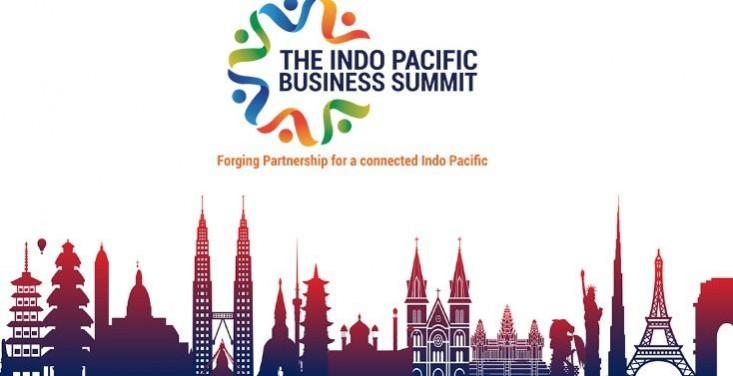A decade-long bilateral negotiation between India and Australia over the Free Trade Agreement (FTA) is finally coming into effect on December 29, just before New Year's Eve.
The talks, which started on the Australia-India Economic Cooperation and Trade Agreement (ECTA) in 2011, were halted in 2015 due to disagreements over the market access for Australian dairy products, wine, processed food and liberalized visa regime for Indian professionals in Australia.
In 2016, then-Australian trade minister Steve Ciobo described the trade deal as "complicated." Finally, on April 2, 2022, India and Australia signed Economic Cooperation and Trade Agreement (ECTA) and committed to producing conducive results by the end of the year.

Commerce and industry minister Piyush Goyal described the implementation of the free trade pact as "the dawn of a whole new era." The move is expected to double the bilateral trade to $45-50 billion in five years and is estimated to create 10 lakh jobs in India.
India is simultaneously negotiating a trade deal with other developed countries like UK, Canada and EU nations.
How will India benefit?
The agreement, signed on April 2, will allow duty-free access to Indian goods spanning over 6,000 broad sectors, including textiles, leather, furniture, jewelry and machinery in the Australian market. The labor-intensive sectors will gain immensely from the exemption from the currently levied import duty of 4-5% on Indian goods in Australia.
India's commerce minister Piyush Goyal said, "India's manufacturing sector, particularly micro, small and medium enterprises are interested in the Australian market as the agreement unlocks huge opportunities for Indian exports of automobiles, textiles, footwear, and leather products, gems and jewelry, toys and plastic products."
Apart from lowering the trade barriers for Indian goods, Australia will allow Indian students with first-class honors degrees from the science, technology, engineering, mathematics (STEM) and information and communication technology (ICT) background to extend their stay by two to three years.

How will Australia benefit?
The Australian counterparts will also gain from the tariff elimination on 85% of its export to India and India also plans to gradually lift tariffs on another 5% of Australian goods. The move to eliminate tariffs will boost demand for Australian goods in the Indian market by making them cheaper for Indian consumers. It will also push domestic industries to compete and comply with international standards.
Usually, governments use tariffs to restrict imported goods or services from another country by increasing the price of goods and services purchased from another country, making these goods less attractive to domestic consumers. Governments sometimes use tariffs to protect domestic industries from foreign competition, but many economists believe that it can end up hurting domestic consumers in the long run.
What is the current status of bilateral trade with Australia?
Bilateral trade between India and Australia doubled from $13.6 billion in 2007 to $24.3 billion in 2020. The latest data from the Ministry of Commerce and Industry of India show significant year-on-year growth in total trade volume between the two countries.

Despite robust export-led growth, India still runs a large trade deficit ($8.5 billion) with Australia, meaning we export significantly less to Australia than we import from them. The comprehensive trade deal with Australia provides Indian producers with a favorable environment to bridge this gap by creating new market opportunities for Indian goods.
The future gains from the partnership in Indo-Pacific group will largely depend on how well we exploit the opportunity and how mutually advantageous it can be for both countries.












